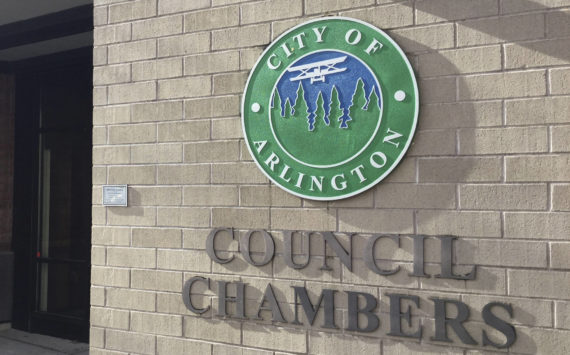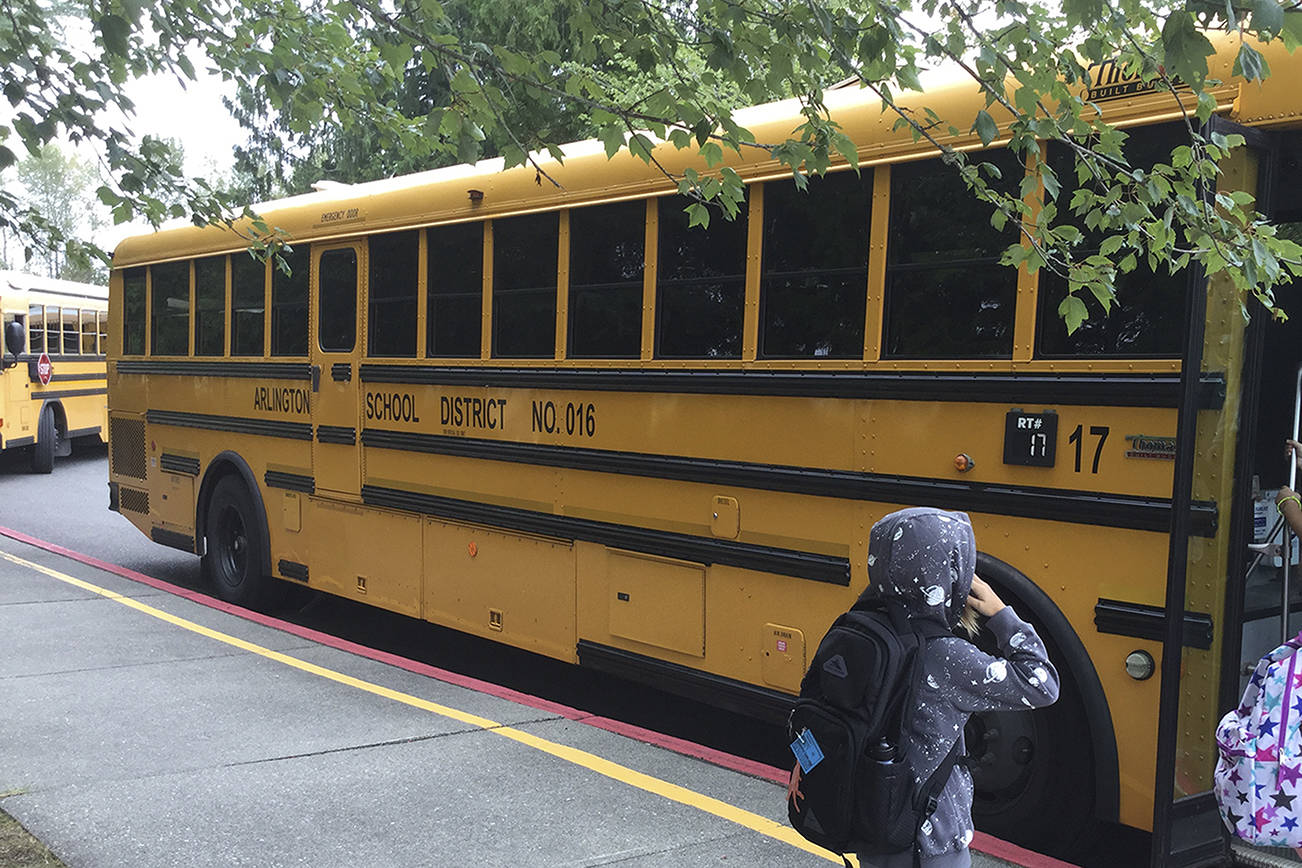MARYSVILLE – Snohomish County and communities across the U.S. are dealing with a devastating opioid epidemic that too often focuses attention on young people buying drugs at the street level, when too many older adults misusing prescription painkillers are becoming the new face of the issue, health experts say.
Senior centers across the county are scheduling sessions to help older adults learn more about the potential for addiction in the treatment of pain in an aging population.
County government required the sessions to receive some of the one-tenth of 1 percent sales tax money earmarked for mental health, and drug and alcohol programs.
Marysville’s Ken Baxter Community Center hosted a session on Monday. The Stillaguamish Senior Center in Arlington has set its session for 4-6 p.m. Tuesday, May 23, with a panel to include the Arlington mayor, police chief, a physician and the center’s outreach coordinator. The center is located at 18308 Smokey Point Blvd.
Center Director Danette Klemens hopes that older adults attending will become much more knowledgeable on the issue, and how it can impact family life and their own lives long term.
“Opioids are overprescribed in general, and it hits a lot of older people especially who are dealing with pain,” Klemens said.
The county is seeing too many older adults that represent the growing opioid epidemic, and it will take more education and awareness to bring the problem to light.
“We’re looking at this epidemic as needing a multi-pronged approach to even make a dent in it,” said Heather Thomas, public and government affairs manager with the Snohomish Health District.
The need for education extends not only to the elderly, but to senior center workers and others who are in regular contact with them. Thomas said senior centers have become an important partner in getting the word out.
Joanna Martin, new Ken Baxter Senior Center manager, was trained by health district experts to present the Marysville session.
“Chronic pain affects one-third of Americans and rising as our population ages and more incidences of diabetes, obesity and arthritis occur,” Martin said.
Prescription opioids dispensed in the U.S. nearly quadrupled from 1999 to 2013, and on an average day, more than 650,000 opioid prescriptions are given.
As it relates to seniors, drug overdoses were the No. 1 cause of accidental death in the United States in 2015, with almost half of them related to opioids, according to the American Society of Addiction Medicine. The elderly, who take much more medications, including prescription painkillers, are at a higher risk for opioid addiction and death from overdose.
According to the Agency for Healthcare Research and Quality, hospitalizations for opioid overuse increased most sharply among Americans ages 45 to 85 and beyond, with rates rising more than fivefold between 1993 and 2012. Middle-aged adults between 45 and 54 have the highest death rates from opioid drug overdoses, the Centers for Disease Control and Prevention reported.
Across all age groups, overdoses are the No. 1 cause of unintentional injury deaths in the county. About two-thirds of those involve opioid prescription drugs or heroin, a health district policy paper says.
At the information session, trainers reviewed the types of opioids – morphine, codeine and thebaine – and how they target the brain’s reward system, the risks of abuse for older adults, signs of abuse for caregivers and others to look for, the compounding dangers of mixing opioids and alcohol, personal and family safety, and how to safely dispose of expired medicine.
As Martin pointed out, becoming addicted to opioids doesn’t usually happen intentionally. Multiple medical problems can result from multiple prescriptions from multiple pharmacies, and create the potential for risky drug interactions. Additionally, physiological changes in older adults may affect metabolism and cognitive abilities, and confusion of dosages can occur.
Martin shared the signs of possible prescription abuse. For example, behavioral changes that cause a person to be withdrawn or quick to anger, becoming uncomfortable or defensive when asked about medicine, and keeping “extra” pills nearby or hiding them.
Older adults should also take steps to keep themselves safe, as well as others who come into their home, including teens who think prescription pills in medicine cabinets are safer to abuse than illicit drugs, Martin said.
To get rid of old or unused medicine safely go to www.takebackyourmeds.org to find a location near where you live. Do not flush them down the toilet.
Thomas said police departments in Marysville and Arlington are the current locations to bring old medications. The county is in talks with Med-Project to launch a broader program this summer that would add several more drop-off locations, a mail-back option for place-bound individuals, and other choices.








